Oats are a popular heart healthy choice for breakfast. But when it comes to losing weight, not all types of oats are going to help you reach your goal.
You could make a steaming bowl of oatmeal from steel cut oats (unrolled), rolled oats or instant oats. You could eat Muesli (raw rolled oats with dried fruit and nuts served cold with plant milk.) You might prefer oil-free granola. Or you could reach for a boxed oat cereal that contains oat flour that’s been processed into fun, crunchy shapes.
But which choice will keep you fuller longer? Which one will help keep your blood sugar more stable and prevent an insulin spike?
And which choices could trigger hunger and cause a mid-morning snack attack that leads you to eating wayyy more than you meant to later in the day?
Oatmeal vs. Boxed Cereal
Researchers wanted to know how oatmeal compared to ready to eat cereal. So in a randomized crossover trial, they served forty-eight healthy adults either oatmeal or a ready to eat cereal. Both groups ate the same number of calories. Then they tracked their appetite and satiety scores throughout the morning.
As you might imagine, when they ate the oatmeal they reported a greater sense of fullness. Because they were less hungry, they consumed fewer additional calories in the 4 hours after eating the oatmeal.
Eating what you might consider to be a “healthier” low-sugar boxed cereal like shredded wheat or oat cereals can result in hunger later. The industrial methods used to process the grains into their new crunchy shapes makes the starch in them more easily digestible. The cereal is digested faster than a whole grain would be, causing an insulin spike followed by a sudden drop, which triggers hunger.
So oatmeal beats boxed cereal. That one you could probably have guessed. But how does steel cut oats compare with instant oats?
Steel Cut Oats vs. Instant Oats
Researchers wanted to know, so in a cross-over study they gave obese teenage boys a meal of steel cut oats and compared that to a meal of instant oats. Both meals had the same number of calories. Then they measured their food intake over the next 5 hours.
The study participants eating instant oats started snacking as early as an hour after breakfast. They went on to consume 53% more calories in the 5 hours following breakfast than the ones that ate the steel cut oats!
So, not only is the beta glucan in whole oats important for satiety, the particle size of the grain is also important. The more it is processed down the higher the glycemic index and resulting insulin spike. An insulin spike can cause insulin levels to later plummet below fasting levels. When insulin drops below fasting levels, it can trigger hunger.
And then you find yourself dealing with a full blown snack attack, heading to the vending machine, fridge or pantry for something to quiet your growling stomach.
A healthy whole food, plant-based diet is about eating plant foods in their whole and minimally processed forms. That doesn’t mean you should never eat something made with oat flour or a boxed cereal. A good goal to strive for is to make at least 90% of your daily calories come from nutrient dense, whole foods.
When it comes to oats, reach for steel cut or rolled oats – raw, cooked or toasted. Enjoy them raw in a smoothie, or cooked to steaming perfection. Add some ground flax, berries and a banana for sweetness. Limit the boxed cereals to rare occasions.
If you want to know more about this way of eating for a healthy body inside and out, download my free Whole Food Plant-Based Diet and Lifestyle Action Guide.

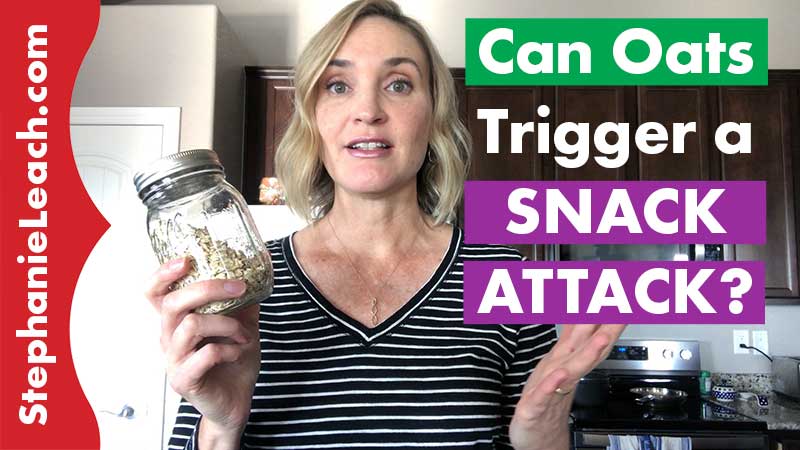
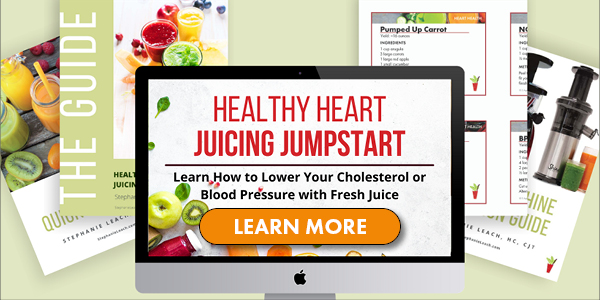

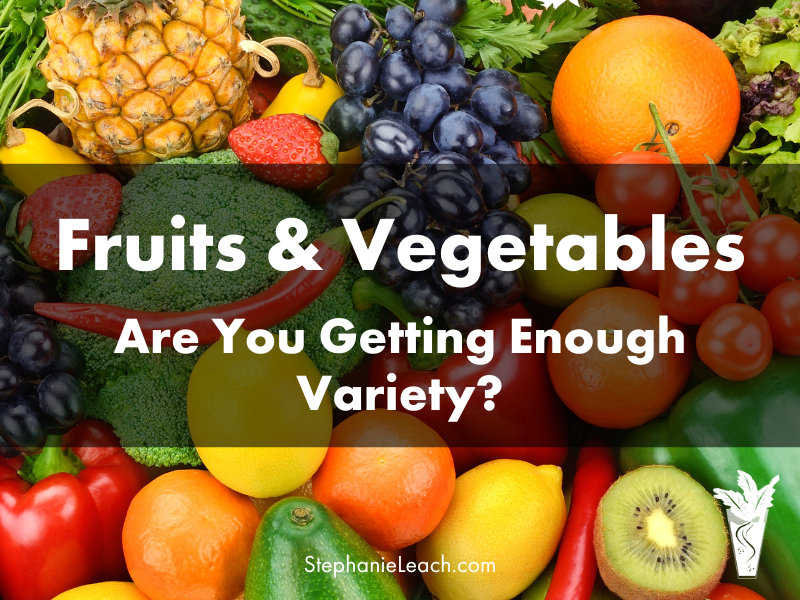
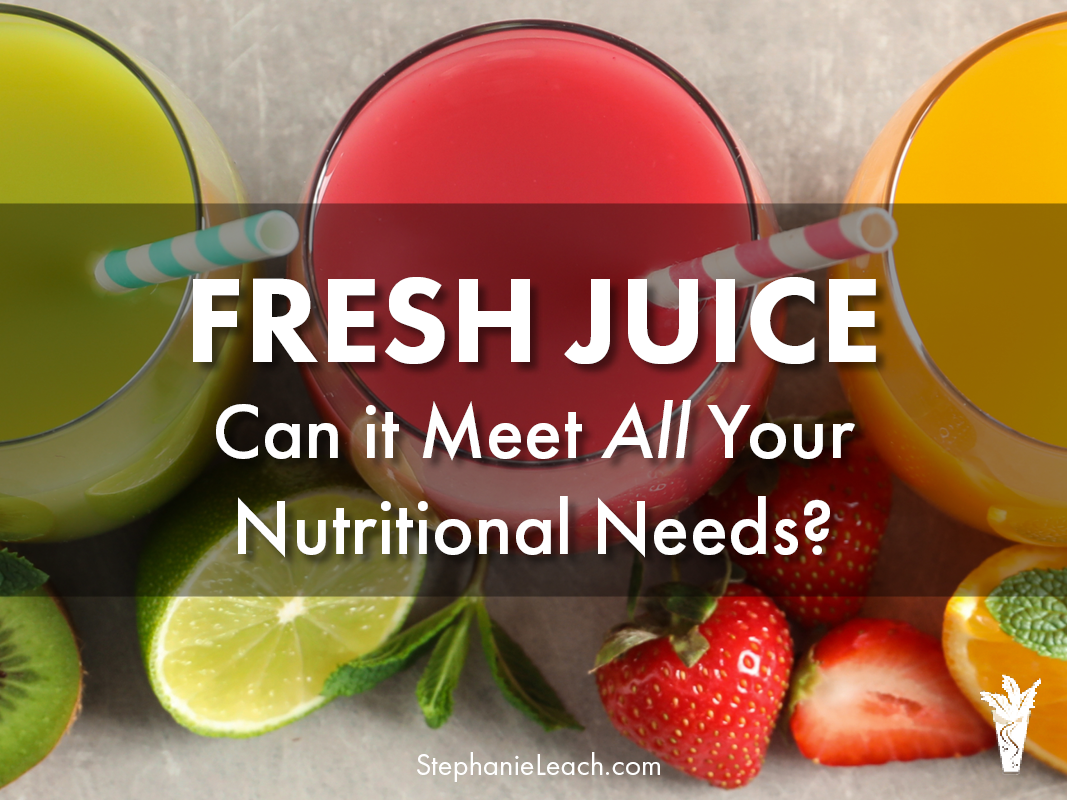
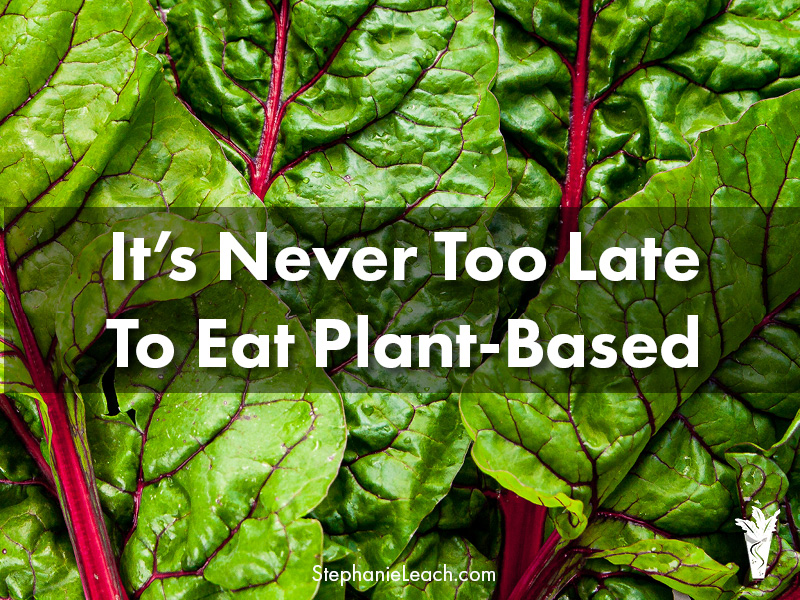
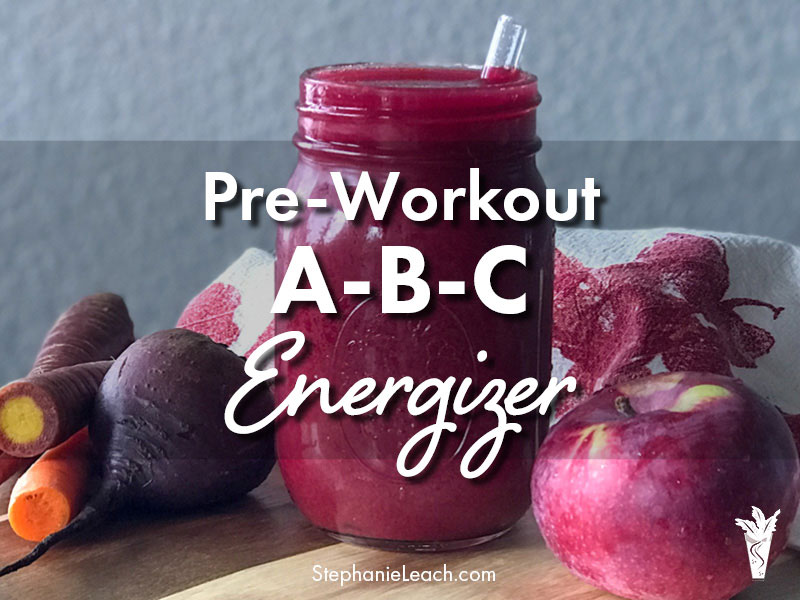
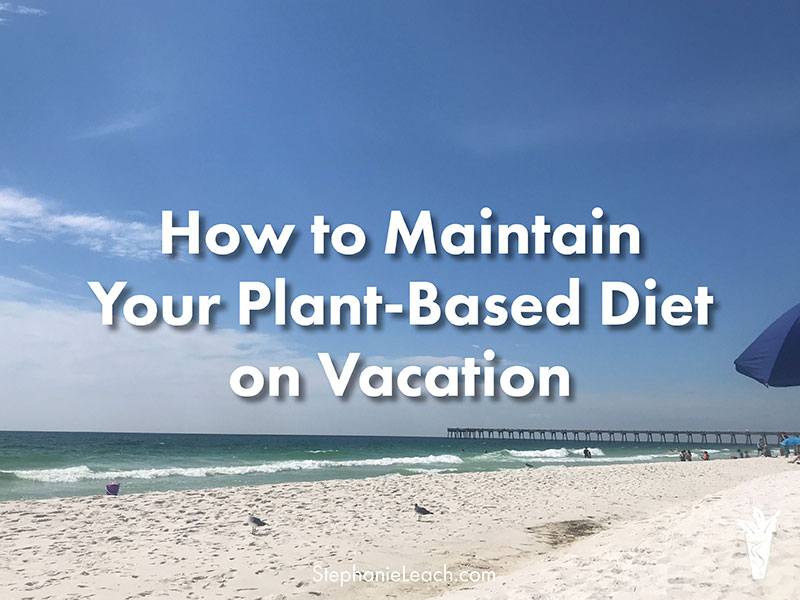
Leave A Comment